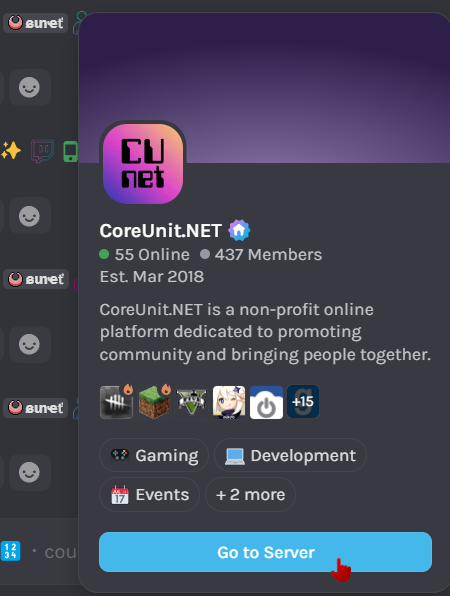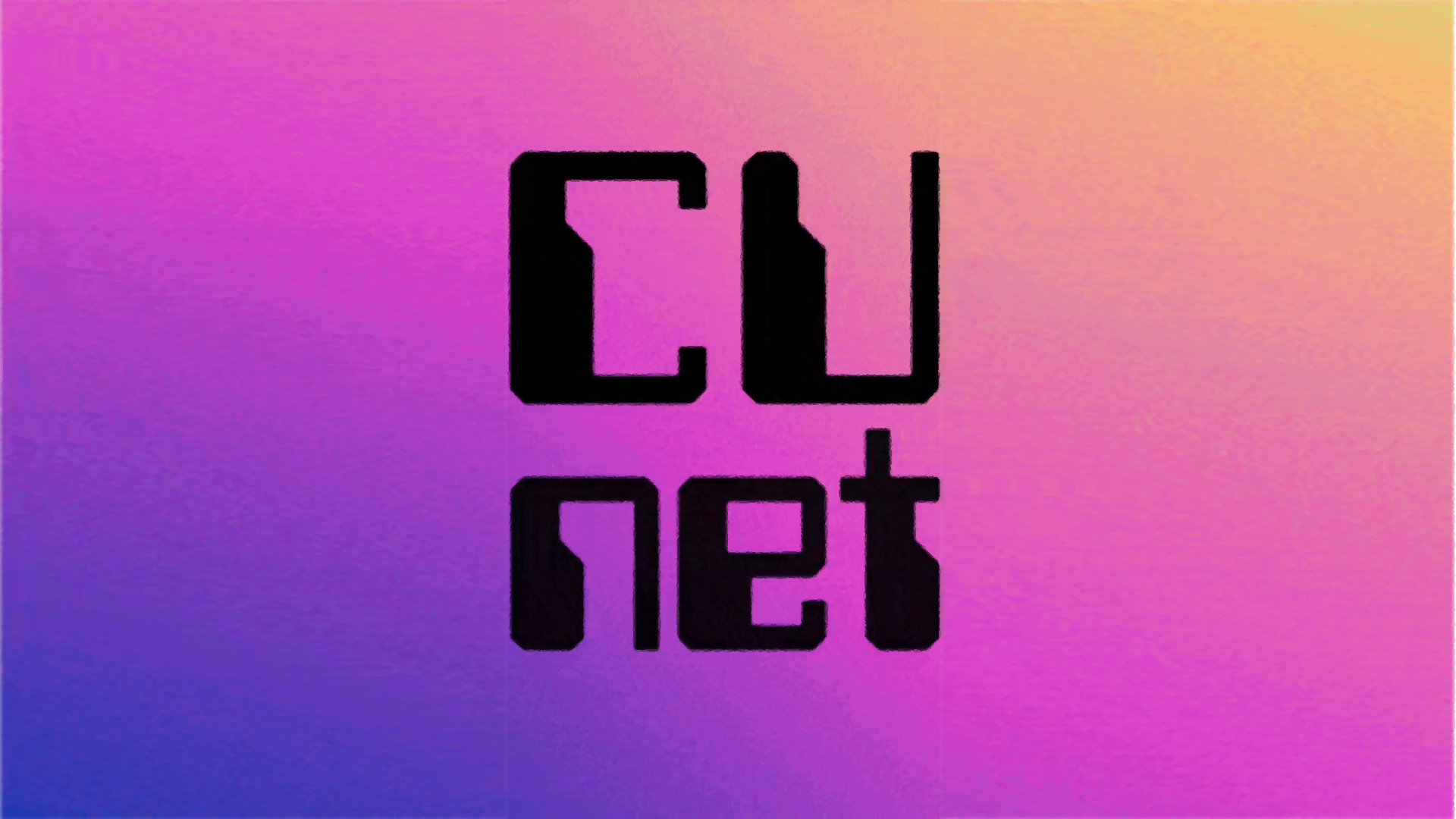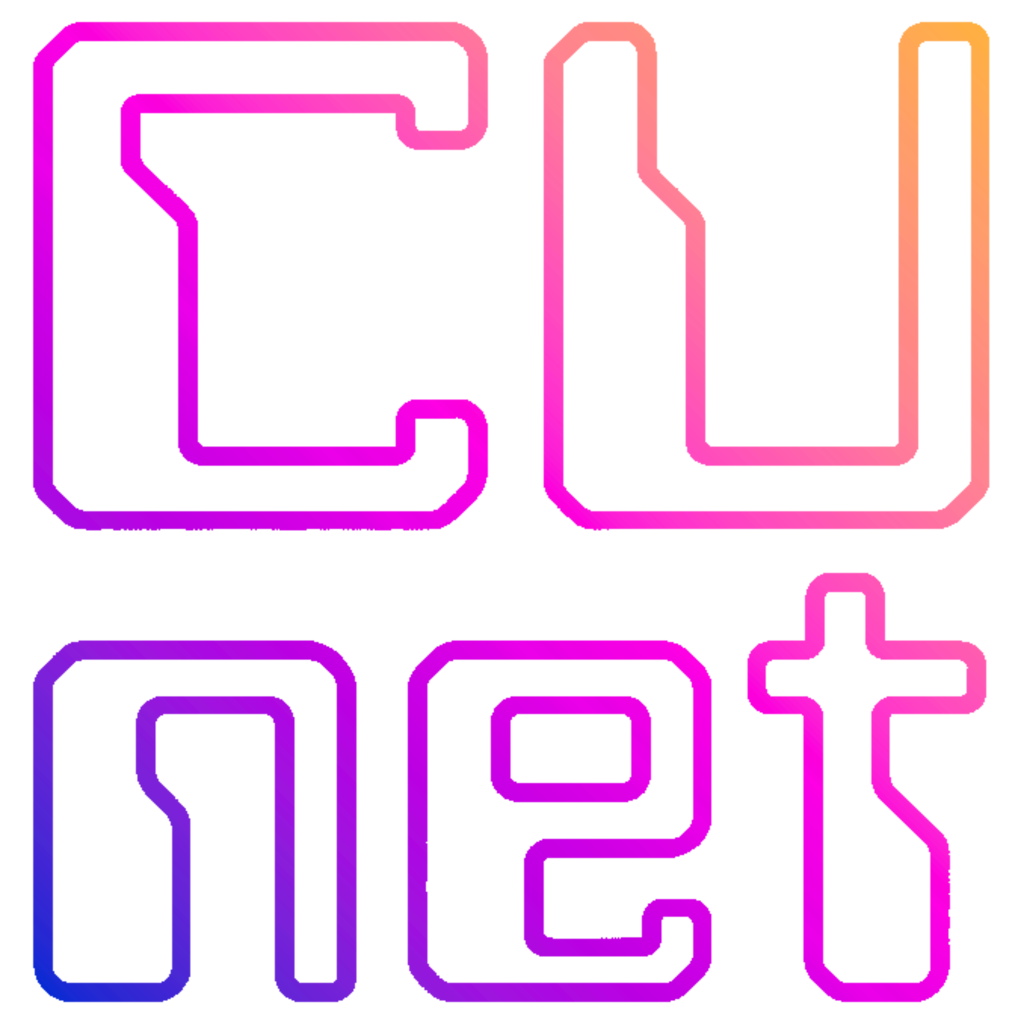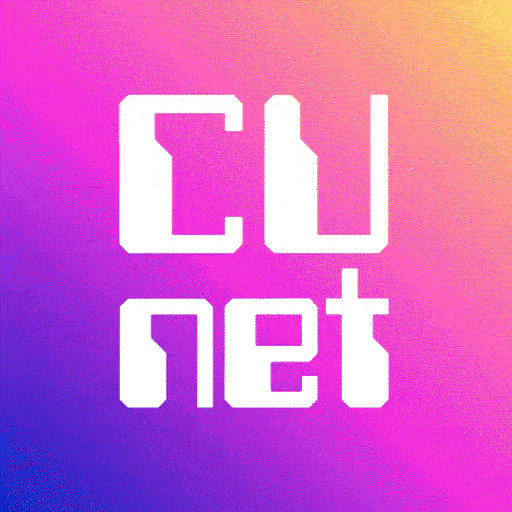Details of Discord Guild & Server Tags

Discord's dynamic environment for online communities has seen the evolution of various features designed to enhance server identity and user affiliation. Among these, "Server Tags" stand out as a prominent example, building upon lessons learned from an earlier, more experimental feature known as "Guilds."

1. Discord's Current Server Tags
Server Tags are compact, 4-character identifiers that allow members to visually represent their associated Discord server across the platform.

1.1 Core Characteristics
- Length and Character Set: A Server Tag is strictly limited to a maximum of 4 characters. These characters can be alphanumeric (A–Z, 0–9) and may include certain special characters (e.g., hyphens
-, underscores_). Notably, emojis and spaces are explicitly prohibited, ensuring a clean and consistent visual appearance. - Non-Unique Nature: Unlike unique identifiers such as Discord usernames (though username systems have also evolved), Server Tags are not unique across the platform. Multiple servers can choose to use the exact same 4-character tag. Differentiation between servers with identical tags is achieved through the accompanying custom icon (badge) and the color scheme, both set by the server administrator.
- User Display Limit: Despite the ability to join an unlimited number of Discord servers, a user can only display one Server Tag next to their username at any given time. This design choice prevents profile clutter and encourages users to select the single community they wish to represent most prominently.
- Ubiquitous Visibility: Once a Server Tag is applied to a user's profile, it appears consistently next to their username in various locations across Discord, including:
- Chat messages within any server
- Direct Message (DM) lists
- Member lists within servers
- The user's personal profile
- Interactive Functionality: Server Tags are not merely decorative. Clicking on a displayed Server Tag will automatically open the associated server's profile page. This provides a quick and convenient way for other users to learn more about the community, view its details, and potentially join the server (or apply for membership if the server utilizes an application process).

- Color and Icon Customization: The badge (icon) and color associated with a Server Tag are determined by the server owner or administrator. These visual elements are uniform for all members who choose to display that particular server's tag; individual members cannot customize the tag's color or icon on their profile.
- Moderation Compliance: Server Tags are subject to a server's AutoMod rules. If a user displays a tag that violates these automated moderation guidelines, the user may be subject to quarantine within that server, and the offending tag will not be displayed.
1.2 Unlocking and Management for Server Owners/Admins
Server Tags are classified as an "Additional Perk" within Discord's Server Boosting system, signifying a shift in how boosts are utilized.
- Boost Requirement: To unlock Server Tags for a community, a server owner or administrator must allocate Boosts Level 3 specifically to this perk. This is distinct from boosts that contribute to a server's overall "Boost Level." Boosts used for Additional Perks do not count towards traditional level progression, and vice-versa. This necessitates strategic allocation of boosts by server management.
- Exclusive Management: Only the server owner or individuals with administrative permissions within the server can enable, configure, or modify the Server Tag.
- Impact of Changes: If a server's tag (name, badge, or color) is updated by an admin, members who were previously displaying the old tag will be required to manually re-apply the new tag to their profiles for the changes to become visible.
- Ongoing Boost Allocation: Server Tags are not a one-time purchase. The perk requires the continuous allocation of boosts on Level 3. Should the number of boosts supporting the Server Tag fall below this threshold, the perk will be immediately disabled, and the tag will be automatically removed from all members' profiles. This mechanism ensures ongoing community support for the feature.
- Rate Limits on Changes: Discord imposes a rate limit on how frequently a server owner can change their server's tag. This measure helps maintain stability of server identity and prevents potential misuse or rapid, confusing alterations.
- Desktop-Only Configuration: While members can apply and remove Server Tags via both desktop and mobile interfaces, the initial purchasing and configuration of "Additional Perks" like Server Tags are currently exclusive to the Discord desktop application.
1.3 Member Interaction with Server Tags
Members have straightforward options for managing their displayed Server Tag.
- Setting/Removing a Tag: Users can select or remove a Server Tag from their profile through their User Settings. On desktop/browser, this is typically found under "Profiles" or "Edit User Profile." On mobile, it's accessible by tapping the avatar in the bottom-right and then selecting "Edit Profile."
- No Restriction by Other Servers: A key philosophical point is that server owners or admins cannot restrict or disable other servers' tags from appearing next to members' usernames within their own server. Discord's design emphasizes the user's personal choice in displaying their platform-wide affiliations.
2. Historical Guild Feature
To fully understand Server Tags, it's essential to look back at their predecessor: the "Guild" system. It's important to note that this "Guild" concept is distinct from the API term guild_id, which simply refers to any Discord server. The "Guilds" discussed here were a specific, now-deprecated experimental server type.
2.1 What Were Guilds?
Guilds represented Discord's foray into creating highly exclusive, curated communities.
- Exclusive Communities: These servers were typically capped at a maximum of around 200 members, a deliberate design choice aimed at fostering tight-knit, collaborative groups, often centered around specific gaming interests.
- Application-Based Entry: Access to Guilds was not open. They often implemented member application processes, allowing owners to carefully select their members.
- Manual Gatekeeping: The ability to create a Guild was exceptionally rare and manually granted by Discord employees. This right allowed recipients to either convert an existing server (with fewer than 200 members) into a Guild, or to create one (or potentially multiple) new Guild servers from scratch, making Guild ownership a highly coveted status.
- Unique Features: Guilds included their own "Guild Tags," visual identifiers, and unique member application systems.
- Live Production Experiment: Crucially, Guilds were not merely an internal test. They were a live experiment rolled out in global production to a limited number of users and communities, allowing for real-world data collection and feedback.

2.2 Guild Abuse During Production Testing
Despite their initial intent to foster elite communities, the live production environment and the inherent scarcity of Guilds led to significant exploitation and abuse. The restricted access and high demand created a black market.
- Common Abuse Patterns:
- Guild Slot Resales: Individuals with access to Guilds began selling invite spots or "membership" to these exclusive communities. Prices for a single slot reportedly ranged from €10 to €50 (or equivalent in USD), sometimes disguised as "lifetime access" or compensable via cheaper Server Boosts.
- Guild Boost Exchanges: Entry into a Guild was frequently traded for Server Boosts, effectively masking direct financial transactions as contributions to the server.
- Full Guild Ownership Sales: The most egregious form of abuse involved the outright sale of entire Guild servers themselves. These illicit transactions commanded very high prices, with reports of servers being listed for $1,000 to €3,000 or even more. The prevalence of such high-value, unverified sales indicated a substantial underground trade.
- Permission Resale: Those few individuals who had been manually granted Guild creation rights by Discord workers were found to be selling these coveted permissions to others, further fueling the black market.
The perception of Guilds as "valuable status symbols," combined with the lack of a public, transparent method to obtain them, led to the emergence of these illicit markets. Discord began receiving a significant volume of complaints regarding the exclusivity and exploitative practices.
2.3 Impact and Shutdown
The growing issues of abuse and the inherent limitations of a highly exclusive feature ultimately led Discord to take decisive action.
- Full Sunset: The Guilds experiment was fully sunset, meaning the feature was permanently discontinued.
- Conversion to Normal Servers: All existing Guilds were automatically converted into standard Discord servers, removing their exclusive functionalities and dismantling the associated black market.
- Feature Adaptation: Despite the shutdown, Discord recognized the underlying value of community identity. Certain visual and identity-based features, most notably the concept of a "tag" and custom branding, were adapted and refined into the current, more accessible Server Tags.
3. Conclusion
The evolution from Guilds to Server Tags is a testament to Discord's iterative development approach and its commitment to community health. While Guilds were a live, production experiment that unfortunately led to significant abuse through resale markets for ownership and membership, they provided critical insights. The current Server Tags system is a direct result of these lessons, offering a safer, more transparent, and more broadly accessible way for communities to display their unique identity across the Discord platform. Server Tags are now open to any server that meets the 3-boost requirement, are configurable directly by server administrators without needing Discord staff intervention, and are designed to be a transparent badge of affiliation rather than an exclusive commodity.

4. We About Guild Tags
coreunit.net's journey with Discord's experimental "Guild Tags" offers a unique perspective on the feature's implementation and its ultimate deprecation.
4.1 The Guild Experiment: A First-Hand Account
During the period of Discord's Guild experiment, coreunit.net was directly involved in exploring this new frontier of community identity. Our team actively sought to partner with individuals who had been granted access to Guild servers, with the aim of understanding and potentially utilizing these unique communities.
To gain a comprehensive understanding of Guilds, some members of coreunit.net embarked on a deep research effort. This involved extensively interviewing existing Guild owners and, crucially, joining as many Guilds as possible—totaling around 30—to observe their impact and real-world usage.
The findings from this direct engagement were largely disheartening. Out of the 30 Guilds we joined, a stark reality emerged: only one Guild did not explicitly force a boost or payment from its users, nor did it resort to threatening users with expulsion due to "inactivity" (which was frequently a thinly veiled demand for financial contribution or server boosts). Our own team members experienced this pressure firsthand; despite actively engaging in conversations throughout the first week on a Guild server, we were personally targeted and pressured to pay because our "chatting activity".
4.2 Against the Guild's Abuse
The pervasive abuse observed within the Guild system directly conflicted with coreunit.net's non-profit mentality and ethical principles. The exploitation of an experimental production feature for financial gain, with Guild ownership being sold for thousands of dollars/euros, was something we vehemently opposed.
Given the sensitive nature of the topic of abuse and our stance against such practices, CoreUnit.net will never want to use any opportunity to acquire its own guild tag. Furthermore, we explicitly chose not to engage in buying, cooperating with, or working alongside any Guilds or Guild owners involved in these illicit activities. Our position was clear: we were fundamentally against Discord's decision to implement a feature in a way that proved to be so easily abused.
4.3 Delayed Transition to Server Tags
Following Discord's decision to fully sunset the Guild feature, a period of transition occurred. After several months, coreunit.net's test Discord servers gained access to the subsequent Server Tags feature. Approximately one month later, the main coreunit.net Discord server also received access.
This transition was, in our view, a positive development. Server Tags, as implemented today, fundamentally differ from Guild Tags in crucial ways:
- Accessibility vs. Exclusivity: Server Tags are now accessible to any server that commits Nitro Boost on Level 3, rather than being limited to a select few by manual granting. This democratizes the feature.
- Transparent Cost vs. Black Market: The cost is clearly defined through the boosting system, eliminating the opaque and exploitative black market that plagued Guilds.
- Focus on Identity vs. Status Symbol: While still offering a form of status, Server Tags primarily function as a straightforward visual identifier for communities, rather than the highly gatekept status symbol that fueled the Guild resale market.
From coreunit.net's perspective, Discord's decision to roll back the problematic Guild production test was a necessary and good move. However, we believe it was very late.
The widespread abuse, financial exploitation, and negative user experience generated by Guilds were significant. Implementing such a feature in a live production environment without more robust safeguards against its inherent potential for commodification demonstrated a critical oversight. The eventually shift to the more transparent and accessible Server Tags, while commendable, came only after considerable damage had been done to user trust and platform integrity by the Guild experiment.

